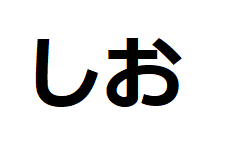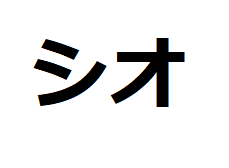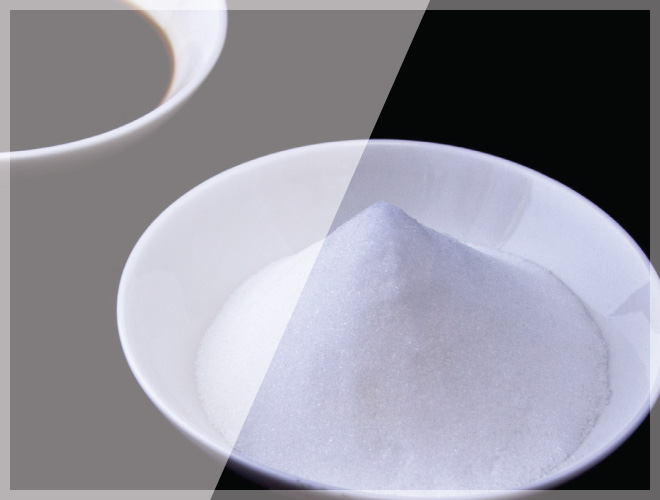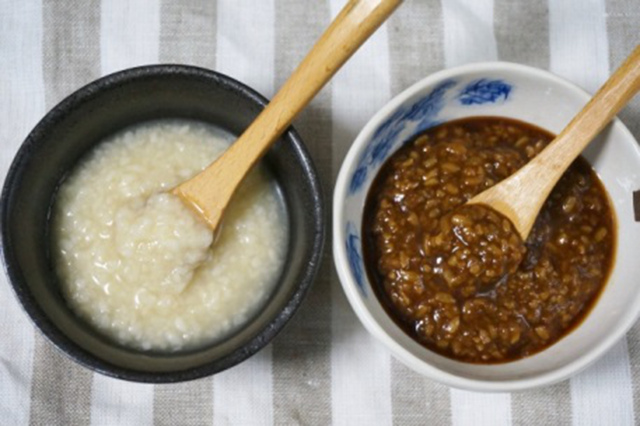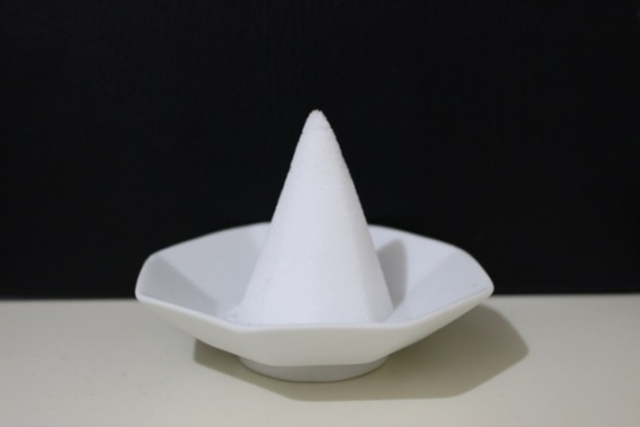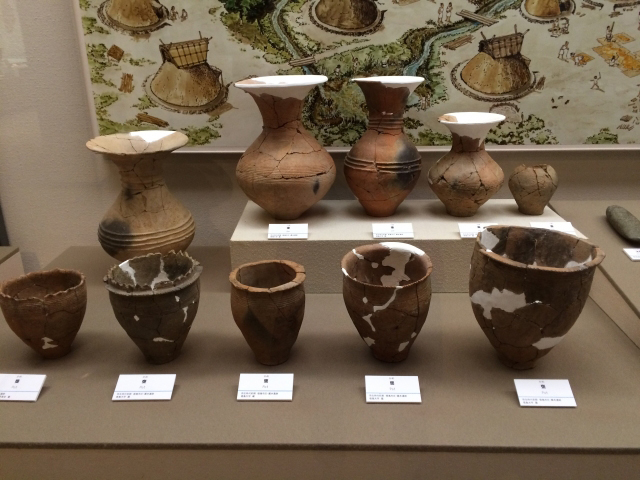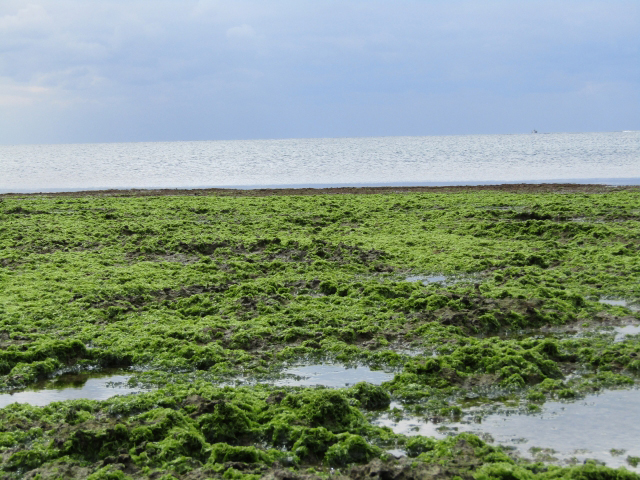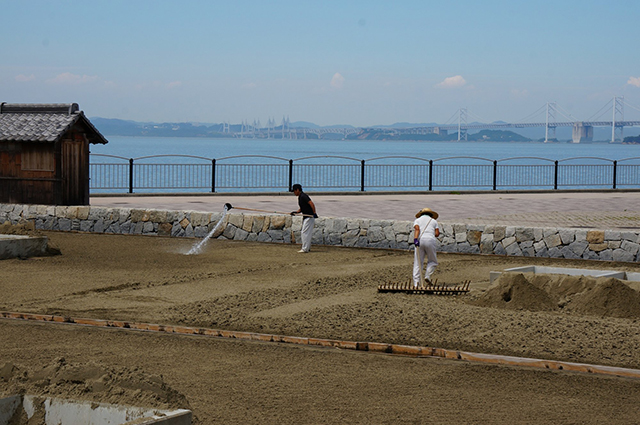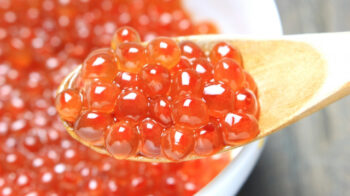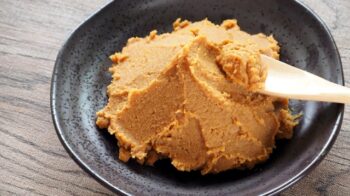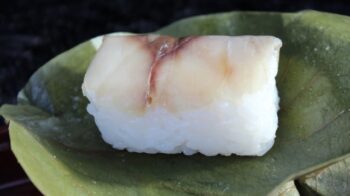Japanese Salt
Welcome to the world of Japanese salt.
We cannot live without salt, just like water.
Not only it is an indispensable seasoning, it also preserves food.
Let’s look into its world.
Below is the contents of this page.
1. Fermentation
Bad bacteria cannot live with salt.
That is why salt can preserve food.
As you know, salt is the oldest seasoning in human history.
But there was one serious problem: natural salt can easily break down into sodium magnesium which is almost useless.
However, if it remains in protein or starch, the air cannot touch it and decomposition is prevented.
Although ancient people didn’t know its scientific mechanism, they began to add salt into such ingredients as herbs, cereals and flesh.
As a result, they got a variety of fermented seasonings with the help of good bacteria which can get along with salt.
2. Purification
As mentioned above, bad bacteria cannot live, if there is salt.
Because of this nature, we have considered it a symbol of purification from ancient times.
At some shops or restaurants, we can find a little pile of salt called Mori-shio placed by the entrance, believing it can drive away evil spirits and attract good luck.
Purification is a very important concept in Shinto.
As for the relationship between Shinto and purification, visit here
⇒Rice and Shinto
– Sumo and Japanese salt
Speaking of purification through salt, we can never forget Sumo.
In Sumo, before each match, wrestlers throw salt inside the circle separated by the Shime–nawa called “Dohyo”.
It’s a kind of ritual to purify the place they dedicate Sumo and drive away evil spirits.
Surprisingly, they use 40-50 kg every day.
Since the tournament lasts 15 days, the total amount can reach 600-700 kg.
By the way, the salt used for this ritual is made by traditional ways and costs quite expensive.
As for the relationship between Sumo and Shinto, visit here
⇒Sumo and Shinto
3. Production method
The acquisition of salt has been a matter of life and death since ancient times.
Roughly speaking, there are two production method :
1) get from sea water
2) get from rocks containing it
Since Japan is an island country surrounded by sea, the simplest method is 1) to get from sea water.
Below are the 4 major methods to make use of sea water.
1) using pottery
Firstly, the method using pottery.
The concrete process is as follows:
- collect sea water in the pottery
- heat the pottery to evaporate the water
- collect the salt inside the pottery
Incidentally, we can find many potteries used for this purpose throughout Japan.
As for the history of Japanese pottery, visit here
⇒History (Pottery)
2) burning algae
Secondly, the method using algae containing sea water.
Although this method seems to be rudimentary, it offers more salt than we expect and had been widely used until the 8th century.
The concrete process is as follows:
- collect algae from the sea
- dry the algae to evaporate the water
- burn the algae
- collect the salt remaining in the ash (because salt is non-flammable)
3) salt field
Thirdly, making a field by drawing sea water.
In this method, we draw sea water in two ways:
- by hand
- using high and low tide
During the high tide, water is naturally introduced into the field.
When the tide goes out, the gate is closed.
Invented in the 7th century, this method gradually became common.
4) Ion exchange membrane
Lastly, the method using ion exchange membranes.
Ion exchange membranes enable us to get salt water of high concentration from sea water.
Therefore by evaporating it, we can easily get salt.
Since the 1970s, ion exchange membrane method has been mainly used in Japan.
However natural salt with the abundant mineral obtained by traditional ways attracts many consumers even today.
4. Kanji and Kana
1) Kanji
To learn Kanji (Chinese characters) is always interesting and beneficial to understand what the word means.
Through Kanji, we can virtually grasp not only the meaning of the word, but also the background it was born in.
Japanese word for salt is Shio and Kanji for Shio is 塩.
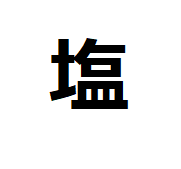
On the left part, you can find 土.
土 means earth in Japanese.
But why is earth used in this Kanji?
As above mentioned, in Japan, we’ve used sea water to get salt, not from earth.
Although we imported many Kanji from China, Chinese character for salt doesn’t include 土.
Some scholars explain that Kanji 塩 contains earth (土), because earthenware (pottery) was widely used not only to make salt, but also to preserve it.
To tell the truth, pottery was an ideal container.
Salt derived from sea water contains a quantity of magnesium chloride which easily absorbs water in the air. As a result, it becomes very sticky. In order to make it dry, containers had to be heated many times. Therefore, pottery which we can heat directly on the fire was desirable.
It’s an interesting theory, isn’t it?
2) Kana
There are two phonograms (kana) in Japanese: 1) Hiragana and 2) Katakana.
According to the most supported theory, both of them were formed by adopting one element of a Kanji character with similar sounding.
Originally, Hiragana were only for women. But today, it has by far the wider usage.
Talking of 2) Katakana, we use it mainly for foreign origin words.
Incidentally, there are 46 characters in both Hiragana and Katakana systems.
As for Shio, Hiragana is しお and Katakana is シオ.
